Whether you’re buying a car, a Macbook, or treating yourself to a new bike, we’re usually swamped with decisions when it comes to deciding on the actual spec. Even once you’ve settled on the model, there’s still a whole other price spectrum to wade through. When it comes to E-MTBs, is it really necessary to blow the bank on the top-of-the-line model, or could a more entry-level offering still pass muster?
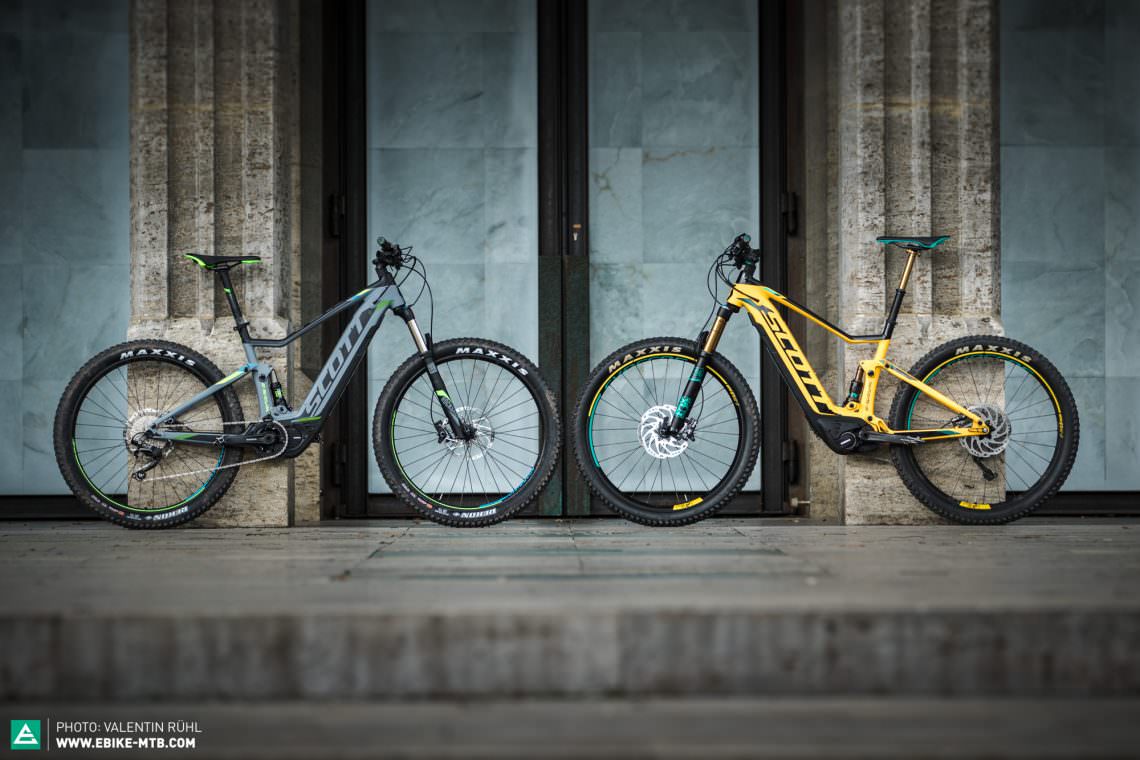
Is it really worth blowing the bank?
In a bid to shed some light on the dilemma, we pitched two new SCOTT E-Spark models against each other, calling on the steeply priced € 6,999 E-Spark 700 Tuned to flex its muscle against the entry-level E-Spark 720, which retails at € 4,599. Despite being built around the same frame, motor and battery, the more expensive Tuned model costs more than 1.5 times its lower-priced sibling. We’ve already scrupulously detailed the handling of the top-end SCOTT E-Spark in our exclusive test review, but this time we want to determine where the real gulfs might lie between those dollar signs (and what needs to be considered when picking your budget).
The frame and motor
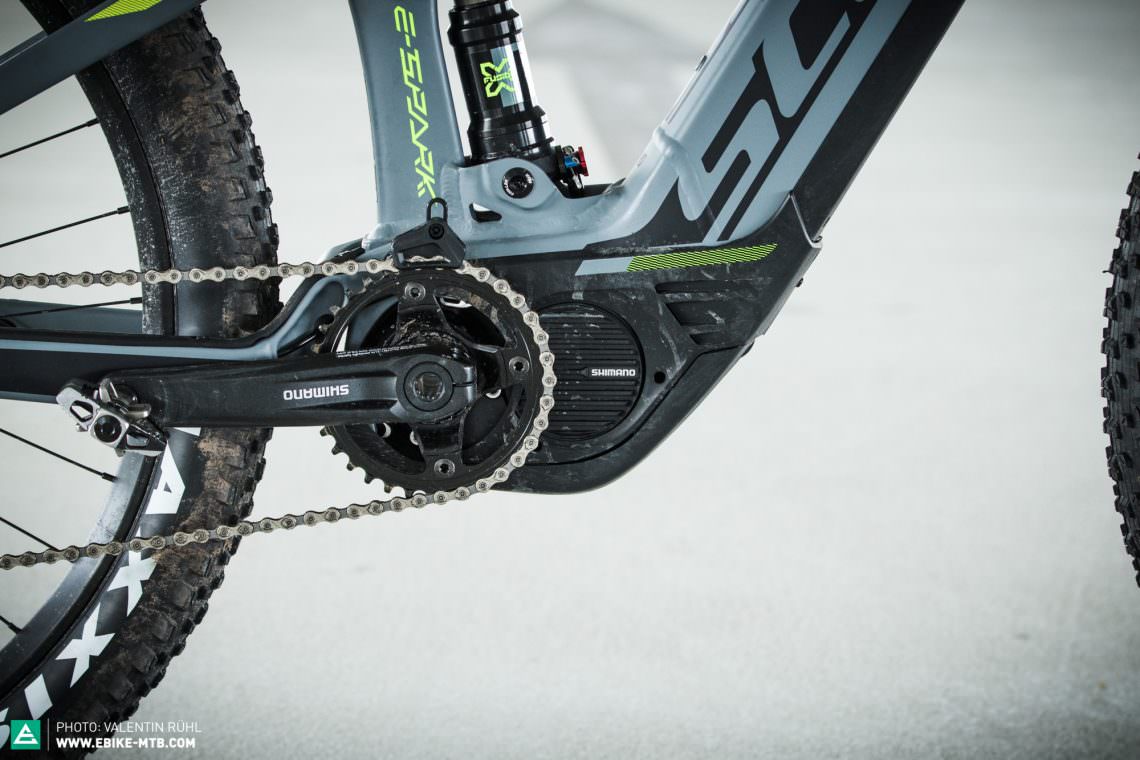
Every E-MTB relies on its frame and motor, so it’s reassuring to see that SCOTT haven’t cut any corners here, seeing both models built around identical frames, motors, and batteries. Unfortunately, this level playing field isn’t an industry standard yet, and many brands still opt for lower-capacity batteries on their entry-level models – be aware of this. On the E-Spark, the Shimano STEPS E8000 motor is able to excel once again, with its compact size delivering a real punch and a consistent, natural-feeling power output.
The suspension

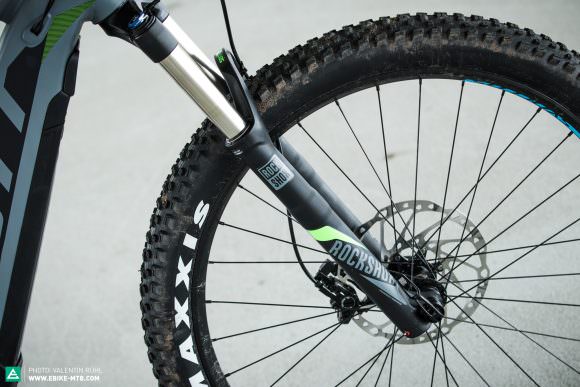
If the frame and the motor are the same, then you can reason that the suspension will be the major influencer on how it rides. Both bikes have 120 mm out back, 130 mm at the front, and SCOTT’s TwinLoc system to lock out the fork and rear shock at once. The cheaper E-Spark 720 sports a X-Fusion Custom rear shock and a RockShox Sektor RL, while the E-Spark 700 has high-end FOX kit consisting of a FOX Nude rear shock (tuned specifically for SCOTT) and a FOX 34 FLOAT Factory fork. No bad choices here.
Away from the asphalt it doesn’t take long to feel the pronounced difference in performance, with the 720 lacking some of the panache of the E-Spark 700, which is able to masterfully smooth out the trail while generating tons of traction. The rear shocks have a fairly similar performance, but the more price-point RockShox Sektor and its thin 32 mm stanchions on the 720 are leagues below the solidity of the FOX 34 FLOAT. Not only does the Sektor lack steering precision, it also struggles to keep the front planted and shows too much susceptibility to brake dive.
The brakes
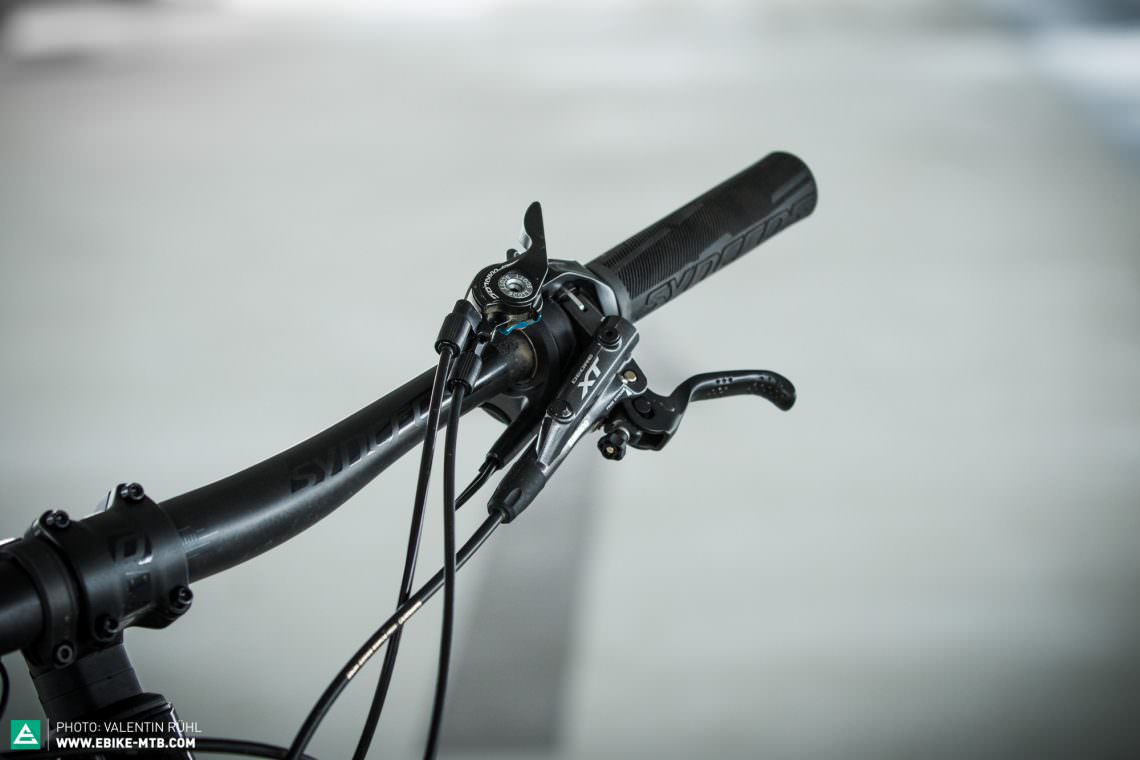

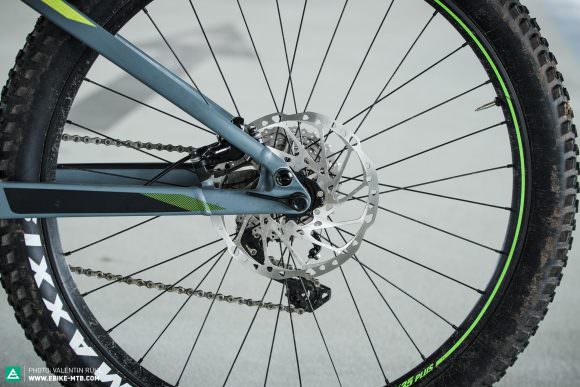
It’s always encouraging to see powerful brakes on an E-MTB that’s going to see some action, so it’s great that SCOTT have gone for 200 mm rotors across the line. The E-Spark 700 Tuned has Shimano XT brakes, while the 720 uses Shimano Deore. The rotors mean both bikes come to a satisfying halt, fulfilling the E-Spark’s intentions and not showing any major discrepancies between their performances. If you’re really hankering after more power, try looking at four-piston brakes like the Shimano Saint, MAGURA MT7, or SRAM Guide RE models and give our disc brake group test a read.
The gears
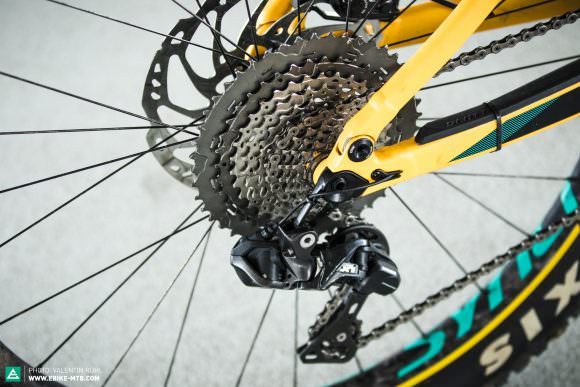
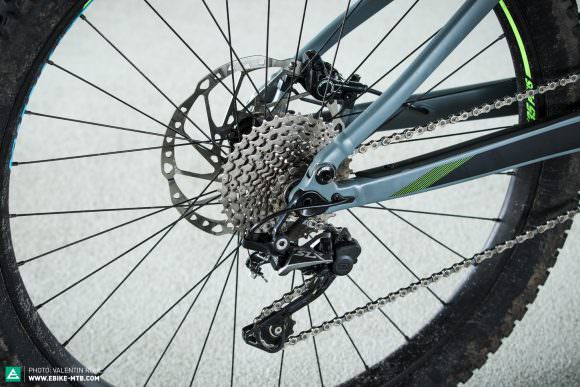
These days high-quality gearing is all about being more lightweight (and usually more durable) than its more budget counterparts. You shouldn’t really expect much of a difference in the actual performance. Interestingly, E-MTBs can shrug off a few extra grams without much concern, so a cheaper drivetrain doesn’t necessarily constitute a compromise. However, it’s a whole other story for these two E-Sparks.
The E-Spark 700 has Shimano XT Di2 electronic shifting that runs on power from the main battery without notably eating into its range. Even if the battery life diminishes and switches off the pedal-assist, there’s still enough in the tank for around 200 gearshifts. It’s remarkably easy to set up the shifting of the XT Di2, and the performance has admirable razor-sharpness and precision. However, having the Di2 leads to more drivetrain wear and tear and increases the risk of chain breaks due to the more rapid shifting.
The SLX drivetrain on the E-Spark 720 shifts with reliability and precision, although SCOTT have gone price-point and left the bike with just 10 gears (and the 11–36t cassette on the 720 only has a gear range of 327% compared to the XT’s 11–46t cassette that has 427%). The E-Spark 720’s granny gear is 28% higher (i.e. more difficult) than the E-Spark 700’s, which gives the 700 a much better climbing gear.
The wheels and tires

Wheels are often overlooked on complete bikes, and it isn’t until later in the ownership experience (when problems sometimes arise) that one really notices whether the wheels are decent or not. The E-Spark 720 has pinned Syncros X35 rims, DT Swiss Champion spokes, and Shimano Deore hubs. The E-Spark 700 has a Syncros wheelset from DT Swiss, whose welded rims and star ratchet freewheel promise much longer-term fun.
Both models have the same tires, going for a MAXXIS Rekon 2.8, although the 700 has aimed higher with the 3C rubber compound while the 720 has the cheaper Dual compound. It’s only in the wet that this is apparent, as the softer 3C compound generates more grip. However, the cheaper Dual compound tires are more likely to stay rubber side down in any condition, plus their 60 tpi casing means better puncture protection – in our eyes, these are the tires that’ll please the most riders. However, tires only last so long and they’re pretty easy to change, so these discrepancies aren’t sufficient to sway any decisions.
The seatpost
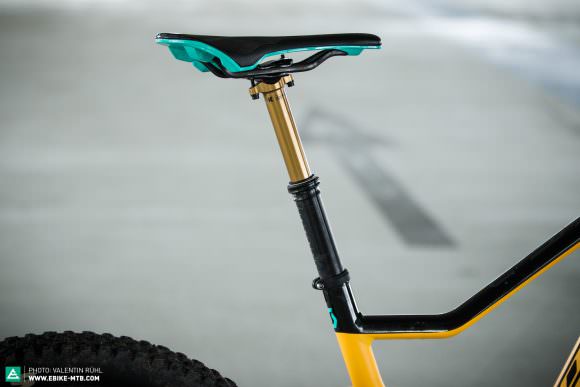
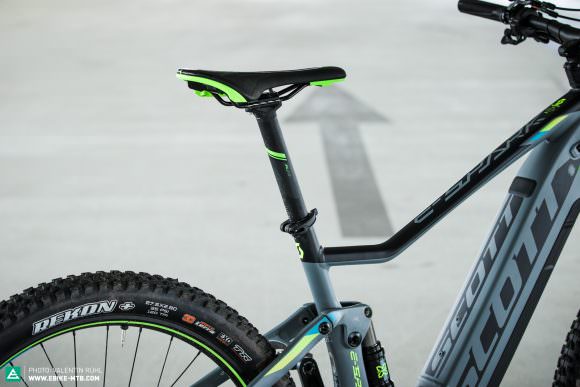
This is where things get really interesting with these models: the E-Spark 700 gets to indulge in the best-in-class FOX Transfer dropper post with 150 mm adjustment, while the E-Spark 720 is left with a rigid seat post. Naturally, you can whip out your multi-tool mid-ride and drop it manually, but the seat tube on many E-MTBs is so limited that you won’t get the post down far enough. On a medium E-Spark there’s 8 cm between the lowest depth and the saddle’s stop – provided you’ve sawn off the post correctly.
Dropper posts shouldn’t just be the preserve of hardcore off-roaders, as they’ll benefit you even if you mainly stick to gravel service roads. Most of us know that a lower saddle means safer descending, as you’ve got more room to shift your weight towards the rear wheel when it gets steep. (It also makes getting on and off easier.) We’re advocates for dropper posts on every single E-MTB. They’re easy to retrofit, but you’ll be expected to shell out somewhere in the region of € 200 – 400 for the luxury.
Other componentry
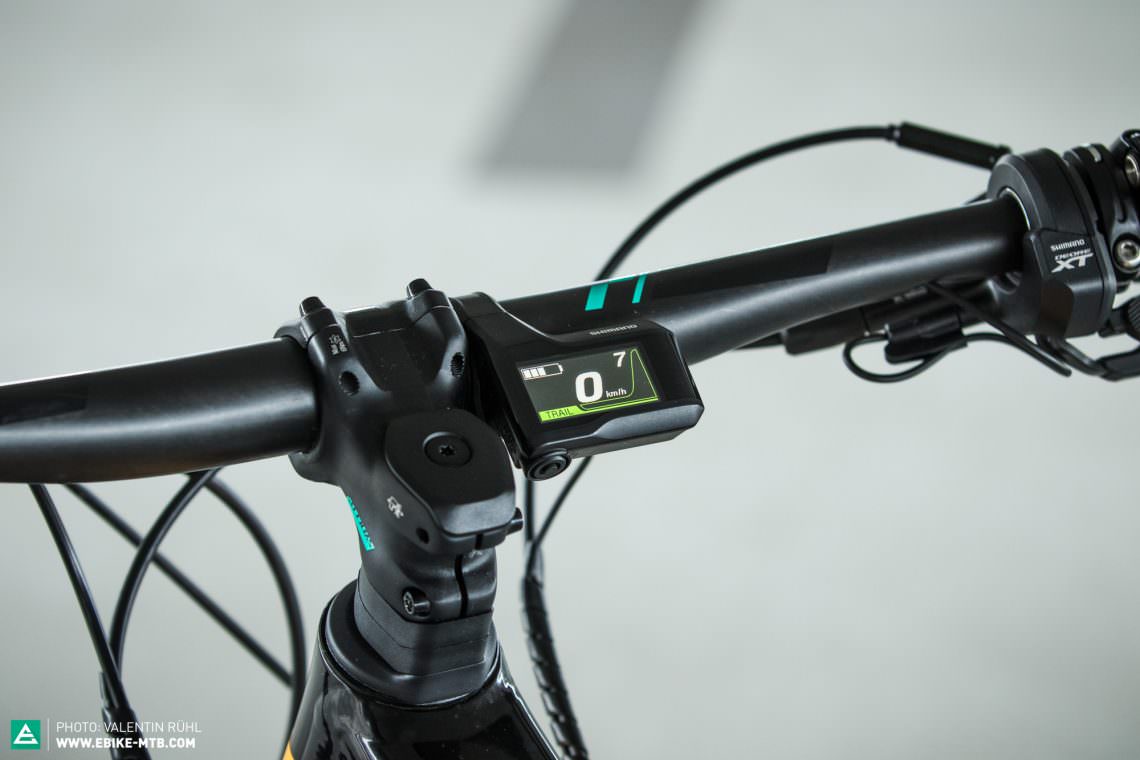
Both bikes have the same dimensions for the bars and stem, so the differences are reduced to weight and aesthetics. The E-Spark 700 has a good-looking cockpit, but there are no real performance gains here. The same applies to the saddle, which comes down to personal preference rather than the price tag.
So is it worth splashing the cash on the top-end model?
The value equation of the extra €2,400 for the top-of-the-line model isn’t one that we’re qualified to calculate: it comes down to your expectations. For riders who predominately keep to gravel tracks, the great aspect of the cheaper E-Spark 720 is being able to share the same Shimano STEPS E8000 motor. The absence of a dropper post and the not-so-forgiving suspension are certainly painful in our eyes, but not really a deal-breaker unless you’re getting into really rough ground.
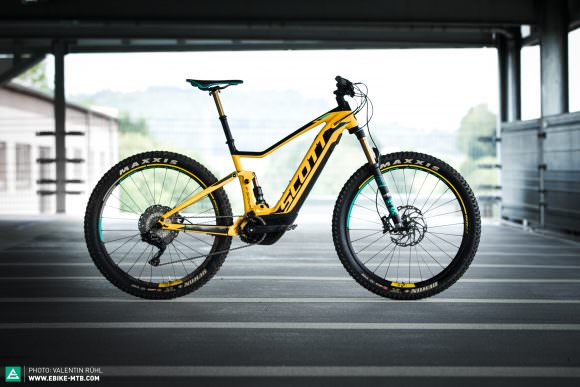

If you’re gunning for off-road antics and carving along twisty singletrack, you’d be better off with the E-Spark 700 Plus Tuned, enjoying the masses of traction and stability from the plush suspension, fluid shifting that will ease nasty climbs, and grippy tires that munch the dirt (high quality tires translate into long-term fun). If you need any more convincing, just look at the bike. Stop and look. Who could turn down this flagship rig?
However, as the € 6,999 price tag is likely to be a deal-breaker for many, the Swiss brand have a further ace up their sleeve: the SCOTT E-Spark 710. At € 5,700, the 710 model is bang in the middle of the 700 and 720, although its trail-worthiness is much closer in reality to the top-end model. Kitted with superb FOX Performance Elite suspension, a mechanical 11-speed XT drivetrain and XT brakes, the E-Spark 710 has packed in a hell of a lot of performance for a full € 1,200 less than the Tuned model.
Our thoughts
There’s easy justification behind all of the E-Spark models, and we’d be the first to applaud the brand for the cheaper 720 model. However, venturing off gravel tracks adds a dimension in which the E-Spark 700 will excel, leaving you convinced that your pennies have been invested in the right place. If the extra dollar brings you out in a cold sweat, then you won’t go wrong by dropping down a tier and going for the E-Spark 710, which offers great value for money.
More information on the SCOTT website

Don’t miss our article on choosing the right components on your E-MTB
Did you enjoy this article? If so, we would be stoked if you decide to support us with a monthly contribution. By becoming a supporter of E-MOUNTAINBIKE, you will help secure a sustainable future for high-quality cycling journalism. Click here to learn more.
Words: Photos: Valentin Rühl









